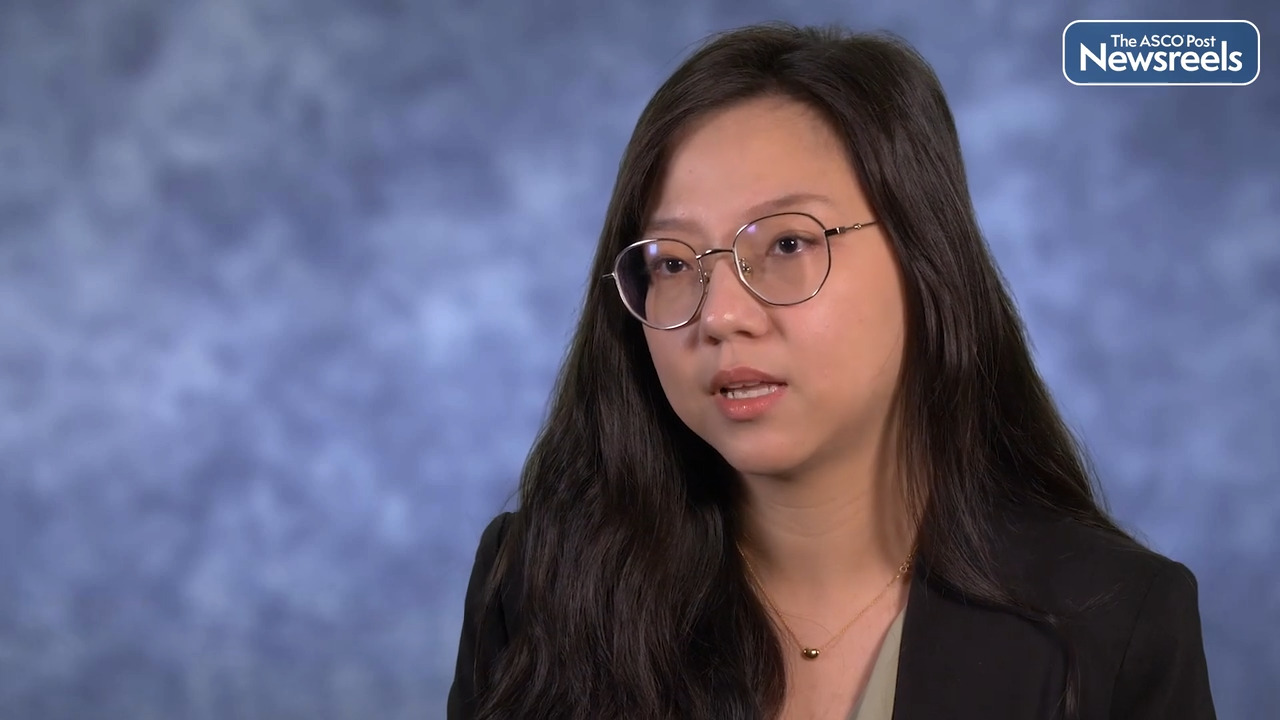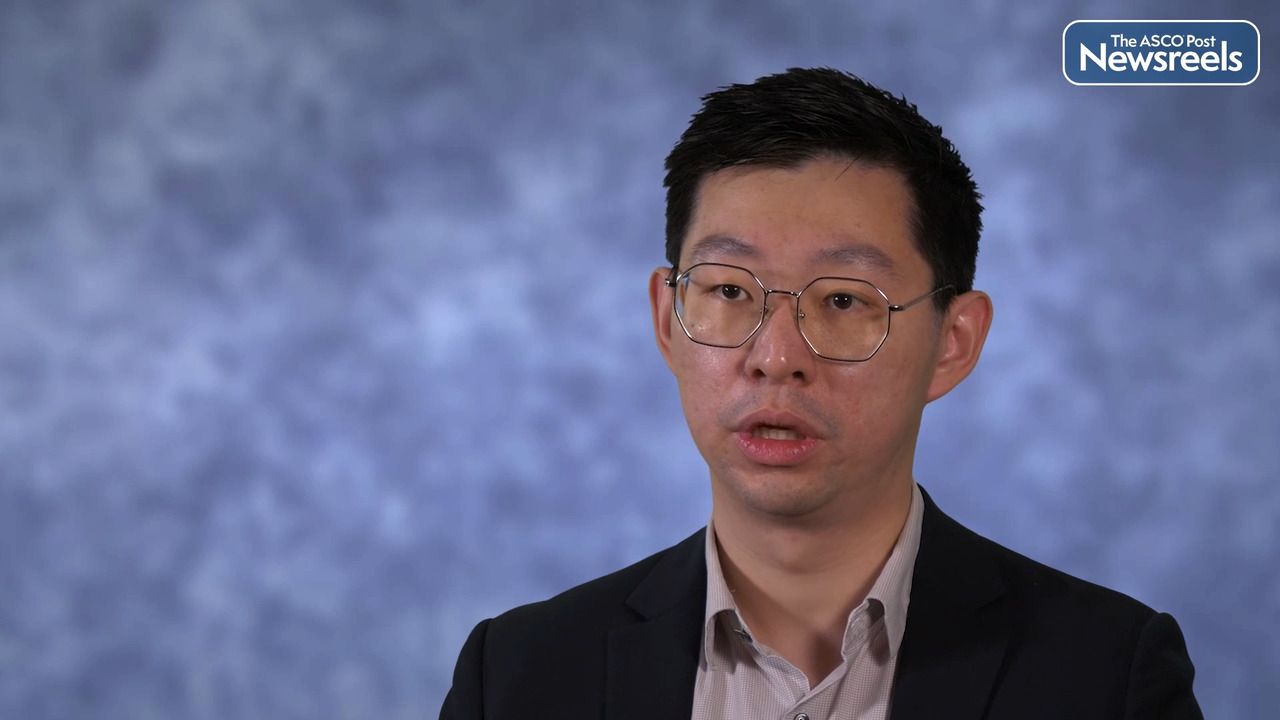Transcript
Disclaimer: This video transcript has not been proofread or edited and may contain errors.
The symptom management implementation of patient-reported outcomes in oncology consortium is made up of six US-based health systems. As a part of our work, we developed and implemented an EHR-integrated patient-reported outcomes platform. Our questionnaire was based on the highly validated PRO-CTCAE platform. We included patients who were receiving chemotherapy or who were ... after their operations. Our patient population was specifically inclusive of gastrointestinal, gynecologic and thoracic cancers.
As a part of our study, we developed a pragmatic hybrid effectiveness implementation, stepped wedge cluster randomized study. In many ways, what we talked about at ASCO Quality was just some early looks at some of our data. We were really pleased to be able to present the work based on our surgical population. Our surgical oncology population included about 4,500 patients. Collectively, they submitted 24,000 questionnaires. About 40% of the patients had cancer operations for GI malignancies, about 30% for gynecologic malignancies, and about 20% for thoracic malignancies.
Overall, 17% of the patients reported at least one severe symptom. We looked at the data a couple of different ways. The first thing we did was we looked at the data over time. As you might expect, the symptoms dissipated after about week one or week two postoperatively. However, several patients continued to have symptoms beyond week nine. We then looked at possible predictors of severe symptom reporting and what we found was the patients who reported multiple times, younger patients, female patients, patients who were either disabled or not employed, and our thoracic patients tended to report more frequent symptoms. Now, that sounds like we have some predictors, but I would say if you just look at the data, it was actually really hard to find any patient-level predictors that were strongly indicative of those who were expected to have severe symptoms after surgery.
We actually did some disciplinary analyses looking at symptom clusters. We had some signals where patients reported symptoms across the board. Because it's a surgical population, it probably wouldn't surprise you to know that there were some clusters around wound redness or wound discharge. And we also had some signals around constipation and severe nausea.
I would say that overall some of the takeaway points would include, one, that there were some ... A meaningful minority of patients who reported severe symptoms, and it actually didn't seem to be terribly burdensome in terms of the patient reporting or with the impact on our care teams. Because there wasn't a super clear signal in terms of those patients that were expected to have symptoms, I think it's still really important to have a population-based approach to surveillance as opposed to targeted populations.
Now, at the end of the day, this is about symptom reporting. I think that we still need to focus on what interventions we need to have in place for these patients after surgery. And I think globally what we're really learning is that we need to pay attention to how these symptoms are reported. Our study is purely focused on what we developed as a module in the patient portal. However, we know that ongoing work will need to look at other ways to capture the data and to act on that data.
In looking at these findings, I will say that there were probably two key takeaways here. First, we looked at this mainly because we were interested in looking at the severity and frequency of reporting. I think there were a lot of concerns about what this would look like in the real world. What we found is a significant minority of patients had severe symptoms and we were able to capture them. The burden of reporting didn't seem to be overly onerous on either our patients or our care teams. And secondly, what I would say is we saw that severe symptoms were present. We had a few predictors, but they weren't super strong on a patient level. And so going forward, I think it will be important to continue a population-level surveillance because we weren't really able to target these questionnaires toward any specific patient population.





